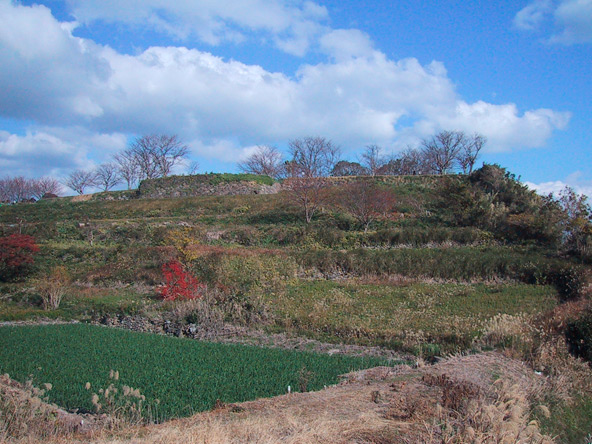
This is part six in a series of blogs from Dr. Asher’s trip to Japan.
We didn’t go to Hara Castle. I wanted to, just to stand on holy ground – but that’s about all there is left, plus some wall ruins of the fortress. And it was a long journey.

Once there were defenders of the castle, with estimates of some 17,000 men holed up with their 20,000 wives and children. Opposing them was upwards of 125,000 soldiers. The revolt began Dec. 17, 1637.
There were powerful economic factors that precipitated the whole business, but almost all the revolutionaries were Christians, living in violation of the edict against Catholicism.
Dutch Protestants helped the government. One of their ships fired 426 rounds in 15 days into the fort, but without serious effect. When the government soldiers finally broke through, they slaughtered all 17,000 defenders. The following day, the women and children were given the option of renouncing the faith. They refused, and met the same fate as the men. Thus the siege and subsequent battle ended April 15, 1638. The fortress was burned to the ground.
I don’t know if there is any other place 37,000 men, women, and children died for the faith in such a short time. The effect on the local economy was devastating. People had to be brought in to manage the land and do other functions, and part of the emigration process involved certification of loyalty to Buddhism.
Today Hara Castle ruins sit, neglected, no doubt with a plaque or stone commemorating the event, away from the ordinary routes people take. It could be a place of special pilgrimage but even the 26 Martyrs Museum, just a block from the main Nagasaki rail station, hardly qualifies as that. Officially, Hara Castle and its defenders are not forgotten, but in the hearts of men and women, I don’t think there is much connection with either the suffering of so many, or their beliefs.
People do visit shrines. At the 26 Martyrs Museum I have seen classes of schoolchildren asking questions, peering at the exhibits including bone fragments of the martyrs. And they do so with complete consent of their Buddhist-Shinto parents. But somehow, the experience does not excite their curiosity for more information, or inflame their hearts for the transformative love of God.
Perhaps their lack of interest is a weakness and a strength. I recall an Asian friend saying “I’m not going to hold against you what your grandfather did to my grandfather.” Is this unwillingness to hold a grudge, and desire to live and let live the same psychological mechanism that keeps many from becoming interested or passionate about religion?






